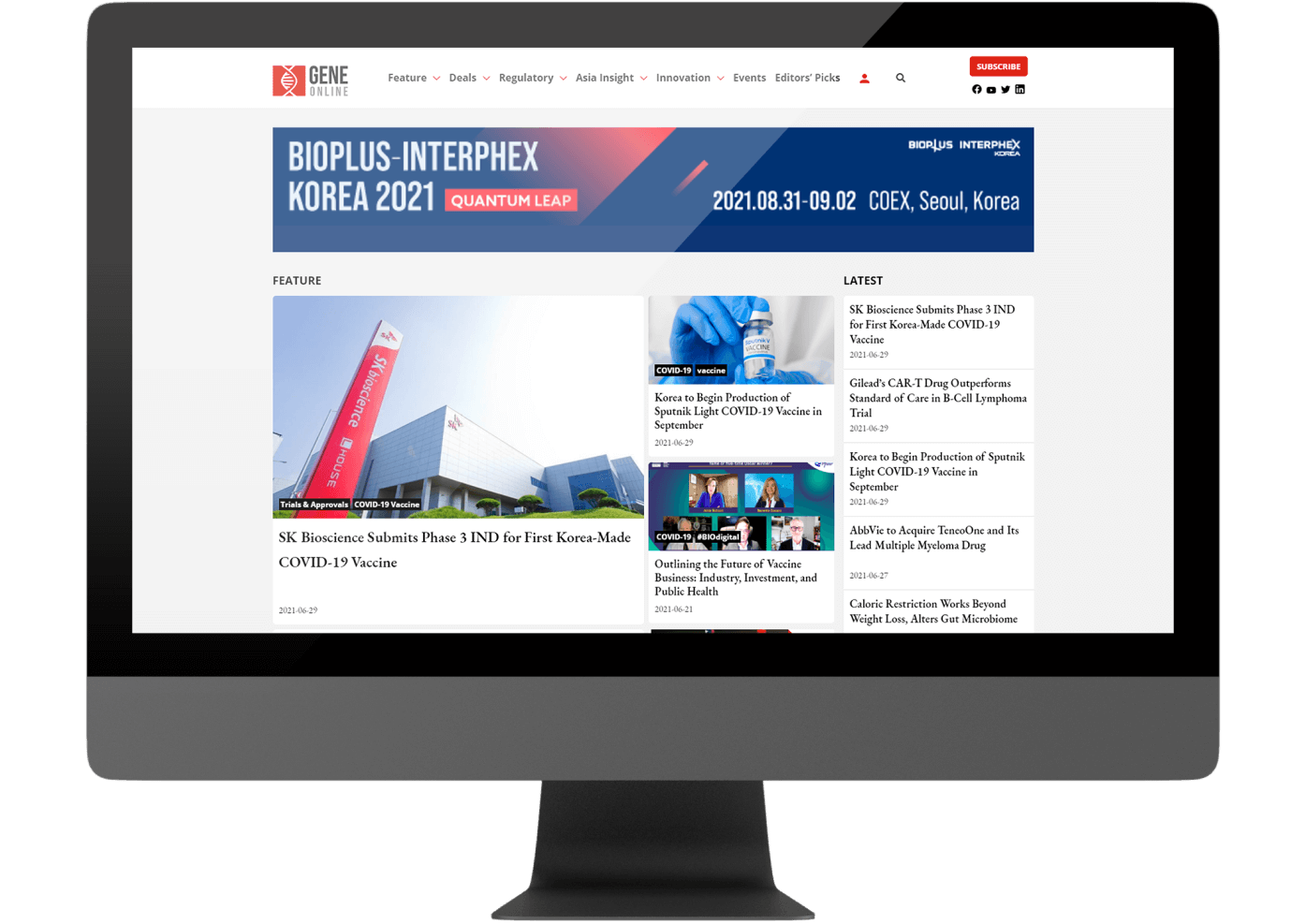A.D.A.M’s Regulatory Progress Takes 3D Printed Bones a Step Closer to Reality
By Eduardo Longoria
With the onset of COVID-19, the global health system’s focus is firmly fixed on infectious diseases. Despite this focus, companies like A.D.A.M (Advanced Development of Additive Manufacturing) are making breakthrough improvements in the basic demand for materials such as human tissue and organs.
On October 8th, the FDA confirmed A.D.A.M’s 510(K) (premarket notification) clearance eligibility for their 3D-printed bioceramic and modified biopolymer bone implants. This would allow the company to move forward through its product development process quickly. The 510(K) being granted to A.D.A.M means that their product is “substantially equivalent” to another medical device and so can use that as justification to allow the device to be marketed in the US. It is predicted that full bone replacements will become a possibility in the year 2022.
Concurrent to the 510(K), A.D.A.M has decided to move its R&D office to the University of Connecticut as part of the Technology Incubation Program (TIP). Their goal is to use the advanced facilities of UConn to incubate their technology and eventually be able to print other tissues for repair and replacement within the human body.
“(About) 120,000 people are on the waiting list for organ transplants in the USA. Over 1 million people have the same needs all over the world. New technologies aim to solve this problem, and ADAM is the first-ever opportunity to print organic bones. The key reason for us to launch this project is to help people save their lives,” says Volodymyr Usov, CEO of A.D.A.M.
Technology
A.D.A.M’s manufacturing method involves an MRI/CAT scan of the patient’s bones being stored on their digital platform – and, subsequently, the production of bone implants by 3D-printing and implanting them in certified clinics. It was founded as a joint project between Kwambio and WeFund ventures. Kwambio is an additive manufacturing company and a developer of unique products with implementations in various fields such as spare parts and product design, aerospace, and heavy industries.
With the adoption of 3D printing in the healthcare industry, problems such as cost, speed of production, and scale could be drastically improved. Although many experts claim that current manufacturing methods for medical devices are outdated, the most significant endorsement for the industry-wide application of 3D printing comes from the FDA itself. By designing and building an on-demand tissue manufacturing solution, A.D.A.M. has been pioneering this technology as a service model to address a complex problem effectively.
CEO Denys Gurak recently stated, “The FDA’s response means a significant reduction in the time to market the product, from 5 years to 1.5 years, since only the animal trials are required. We are elated to be able to deliver a new breakthrough treatment standard for patients much sooner than previously expected”.
With bones being the primary focus, the company’s long-term strategy encompasses a transhumanistic vision. Gurak states that in the future, other tissues will be printed using A.D.A.M.’s proprietary technology.
“Our plan is to go beyond bones and allow people to have their tissues and organs printed for an affordable cost, when and where they need them,” he said.
Here to Stay
The advantages of 3D printing in the production of medical devices not only make them faster to manufacture, especially in the case of small and intricate components but also greatly lowers the cost of manufacturing. Because of the advantages offered by this technology and the regulatory success that A.D.A.M is having with the FDA, it is predicted that the US will see 3D printed bone implants become common in the next 2 years.
Not only is the success of this one particular company promising, but indicative of the rise and fall of complete industries. In a world where human beings can get custom-made replacement parts with much the same speed as their car could, the need for transplants and the industries around them will fall by the wayside, and specialized manufacturing companies can become the norm in the medical industry. More so than just 3d bioprinting, 4d bioprinting (programmable materials) is also seeing development in the market and giving patients a level of customizability and information about their body that used to be restricted to the realm of Sci-Fi. The good to be done and money to be made through the disruption caused by the rise of the biomaterials industry is immense.
Related Article: Merck Lets Go of Osteoarthritis Drug for €450 Million To Focus on Other Pipelines
References
- https://www.businesswire.com/news/home/20201008005041/en/
- https://www.fda.gov/medical-devices/premarket-submissions/premarket-notification-510k#:~:text=A%20510%20%28k%29%20is%20a%20premarket%20submission%20made,%28a%29%20%283%29%29%20that%20is%20not%20subject%20to%20PMA.
©www.geneonline.com All rights reserved. Collaborate with us: service@geneonlineasia.com









